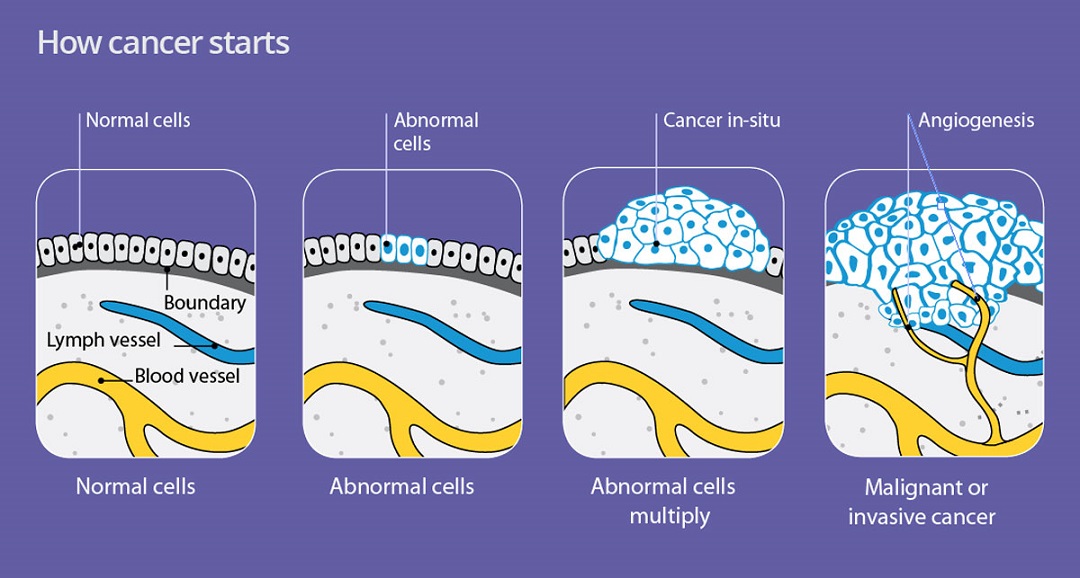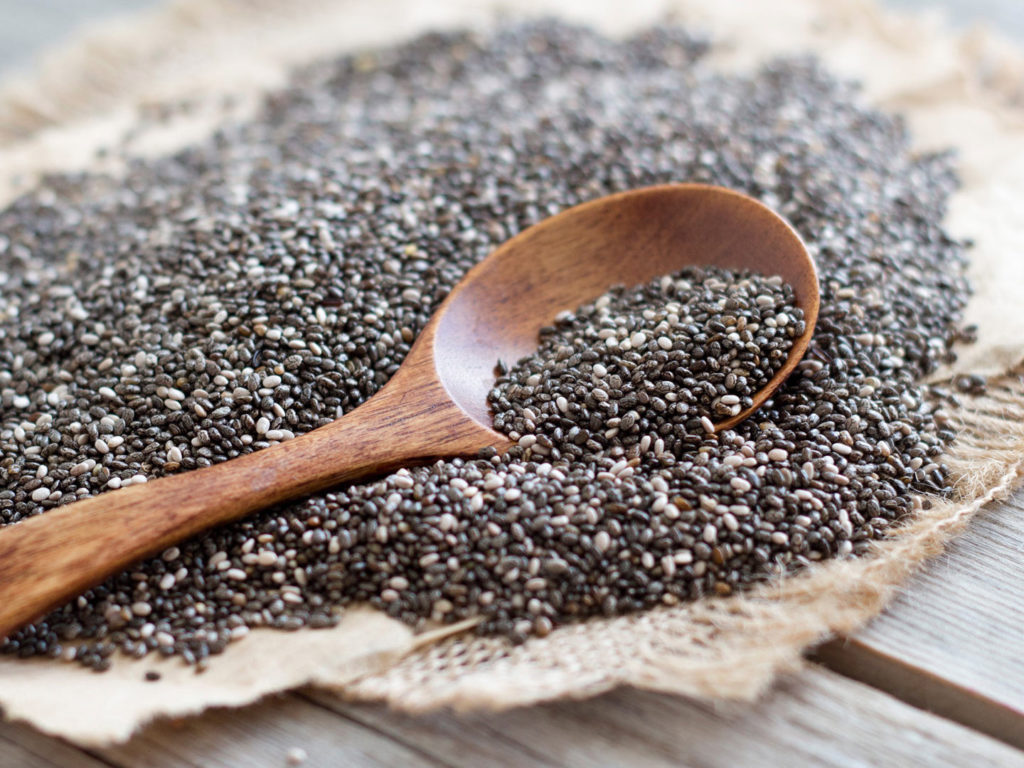
02.02.2016
Cancer Test
What is Cancer?
Cancer is a disease of the body's cells. Our bodies are always making new cells: so we can grow, to replace worn-out cells, or to heal damaged cells after an injury. This process is controlled by certain genes. All cancers are caused by damage to these genes. This damage usually happens during our lifetime, although a small number of people inherit a damaged gene from a parent.
Normally, cells grow and multiply in an orderly way. However, damaged genes can cause them to behave abnormally. They may grow into a lump called a tumour. These lumps can be benign (not cancerous) or malignant (cancerous).
Benign lumps do not spread to other parts of the body.
A malignant lump (more commonly called a malignant tumour) is made up of cancer cells. When it first develops, this malignant tumour is confined to its original site. If these cells are not treated they may spread into surrounding tissue and to other parts of the body.
When these cells reach a new site they may continue to grow and form another tumour at that site. This is called a secondary cancer or metastasis.
What Causes Cancer?
The exact cause of many cancers is not yet known, however most cancers are attributed to our lifestyle habits or substances in the environment that affect our bodies.
• The major causes of cancer are thought to include smoking, sun exposure, poor diet, chemicals and asbestos. Cancer causing substances are called carcinogens.
• In certain cases, viruses prompt the development of cancer. For example, the sexually-transmitted disease, Human Papilloma Virus (HPV), is cited as causing of 70% of cervical cancer cases in women.
Is Cancer Infectious?
No. Cancer is not an infectious disease. It cannot be passed on to friends or relatives, or people you come in contact with.
Is Cancer Genetic?
People who have a family history of some cancers, such as breast and colorectal cancer, may have a higher risk of developing that cancer. In a very small number of families, a change in the gene that controls cell growth is passed on from one generation to the next. Not all family members experience this change; although those individuals who do may have a higher chance of developing cancer.
How Does Cancer Spread?
For a cancer to grow bigger than the head of a pin, it must grow its own blood vessels. This is called angiogenesis. Sometimes cells move away from the original (primary) cancer, either by the local tissue fluid channels (lymphatics) or in the blood stream, and invade other organs. When these cells reach a new site, they may continue to grow and form another tumour at that site. This is called a secondary cancer or metastasis.

Mygenia ONE
Why do we need cancer risk assessment?
Cancer has always ranked the number one killer worldwide and everyone knows that. However, not everyone knows that cancer can be predicted and prevented. Identifying the inheritance of cancer genes opens up chances for early preventive measures.
Coverage - Screening more than 2,700 disease-related genes
These genes have been proven to be associated with more than 1,000 diseases, including a variety of cancers and heart disease.
Precision cancer tests:
Breast & Ovarian, Colorectal, Gastric, Kidney, Pancreatic, Prostate, Paraganglimoa, Neuroblastoma, Retinoblastoma, Skin, Endocrine,
Head & Neck
Heart conditions:
Arrhythmogenic right ventricular cardiomyopathy, Brugada syndrome, Long QT syndrome, Short QT syndrome,
Wolff–Parkinson–White syndrome
Hereditary risk assessments:
Spinal muscular atrophy, Thalassemia, Ankylosing spondylitis
Guess you like









